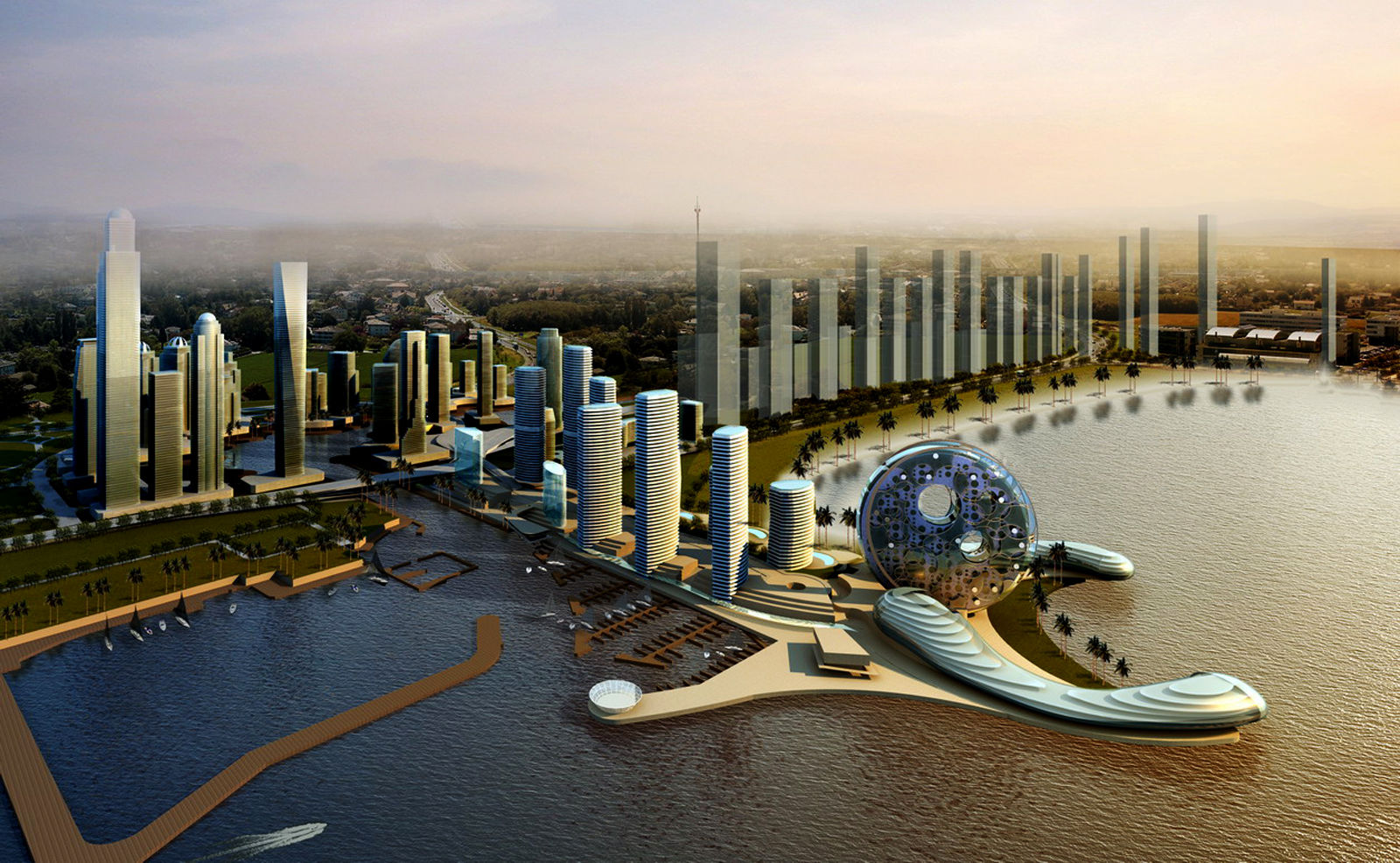
Futuristic Buildings
FB | Today's Technology is Solving Yesterday's Problems

society grows great when old men plant trees whose shade they know they shall never sit in. ~ Greek Proverb ~
A
Introduction
Before the Industrial Revolution, energy played a very humble role in humankind's lives. Men employed simple machines that were powered by wind, tide and water which neither caused pollution nor depleted finite natural resources. Besides these energies, muscle of both human and animals also served as sources of energy that are still available to man in many parts of the world today. With industrialisation came rapid population growth and expansion of output, accompanied by rapid growth in ‘modern’ forms of energy. These include coal during the nineteenth century, then oil (particularly for transport use) during the twentieth century, then in the second half of the last century a range of new sources such as natural gas,
nuclear and new developments in renewables. From Figure 1, we see the increase in consumption of the various forms of energies since industrialisation.

Figure 1. World Energy Consumption by Source, Based on Vaclav Smil estimates from Energy Transitions: History, Requirements and Prospects together with BP Statistical Data for 1965 and subsequent
Impacts
However, our increase in energy consumption has caused detrimental effects to our environment. Our world primary source of energy, fossil fuels (Coal, Oil and Natural Gas) which takes up 77.8% of world energy consumption as of 2004 (Beretta, n.d.), are non-renewable and that the world is consuming at an increasing rate. Besides this, there is also an increase in carbon dioxide emission since industrialisation. In the nineteenth century, emission from combustion of fossil fuels grew steadily from a very low base, mainly due to burning of coal. However, in the twentieth century, there was an increasing rate of carbon dioxide emission as the usage of oil and natural gas began (Keay, 2007). This eventually led to global warming and the various environmental implications such as rising sea levels and melting at the Poles.
The US Department of Energy has divided energy consumers into five different groups: residential, commmercial, industrial, and transportation. They are otherwise known as sectors of the economy. In US today, residential and commercial building contributes to 40 percent of the total energy consumption. Hence, more technologies now are targetting at reducing the energy consumption in this sector of the economy.
Sustainability
With all these destruction of the environment and to ensure that the future generation would not be deprived the opportunity to the access of these energy sources, we need to place more focus on developing renewable energy. Countries recognise that with their current consumption of energy and given the population growth that is going to reach 9.6 billion people in 2050, our current energy sources are unsustainable. Hence, there is a rising trend that countries are investing more into research and development of renewable energy. Sustainability technology is our future.